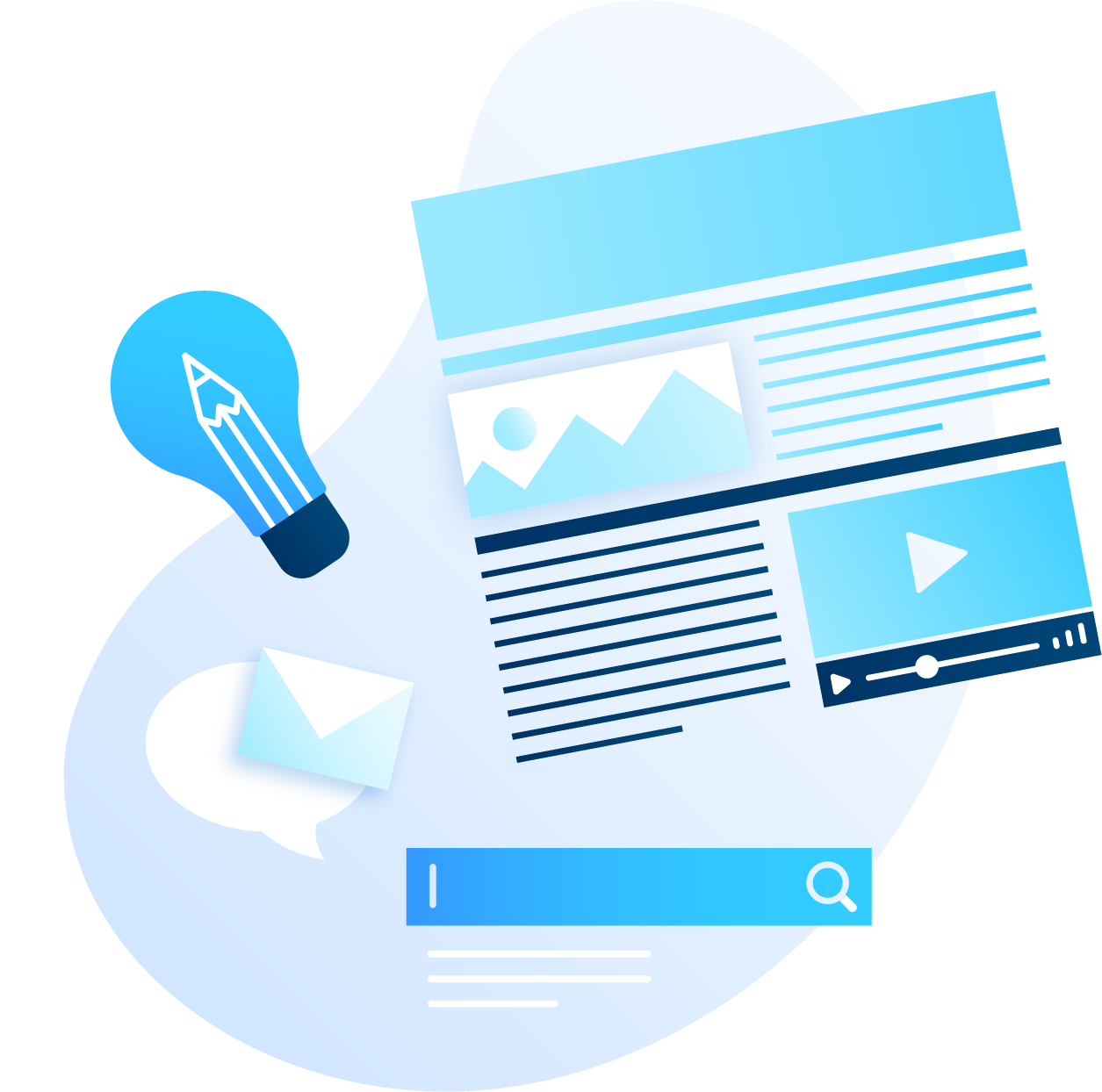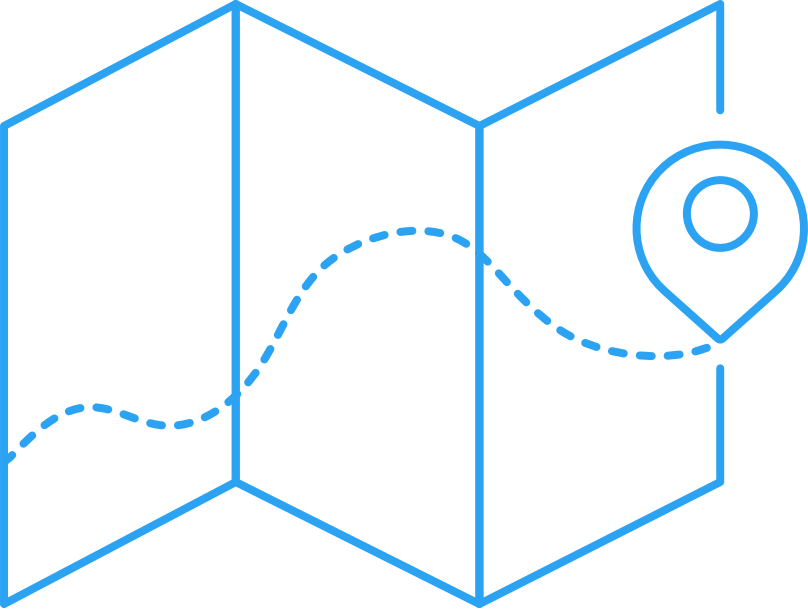Self-help is the dominant channel for delivery of technology services today, but market leaders are building upon their self-help foundation to move to an entirely new focus on Digital Engagement.
From Self-Help
Self-help is the dominant channel for delivery of technology services. More than two-thirds of technology professionals indicate that they prefer to use self-help resources over assisted service channels[1]. The rise in use and effectiveness of self-help channels is due to the wealth of information available to customers and robustness of enabling technology to make it accessible.
Self-help continues to evolve encompassing a variety of ways that customers can serve themselves. Self-help resources include:
- Knowledge Bases
- Communities
- Self-Paced Training
- Bug and Issue Repositories
- Diagnostic and Monitoring Tools
- Administration Consoles and Management Portals
- Digital Onboarding and Best Practice Guides (Tech-touch)
- Expert Systems, Bots, Guided Search
Companies fund self-help initiatives because it offers the ability to significantly scale service delivery and removes the costly involvement of technical experts delivering answers to known issues. The primary traditional measure of self-help success is deflection – the rate that self-help resources resolve issues in place of assisted support resources.
Self-help strategies have evolved well beyond deflecting demand from assistance channels and have become the cornerstone of Digital Engagement strategies.
To Digital Engagement
Digital Engagement expands upon the intent of self-help and pursues objectives focused on accelerating time to customer value; increasing customer skills and proficiency; enabling customers to easily administer products; bolstering brand affinity; and reducing business disruptions due to product performance.
Digital Engagement is far more ambitious than self-help focused on deflection of assisted service demand because it reimagines a new and better way for companies to scale and cost effectively deliver value to customers.
Digital Engagement is a way of reimagining the way companies engage customers, partners, employees, and all members of the ecosystem that surround products. Digital Engagement is not transactional, it is about creating and sustaining meaningful and scalable interactions throughout the entire lifecycle of a relationship.
Digital Engagement is transformative and is based on the following characteristics.
Characteristics of Digital Engagement
-
Deflection is Not Enough – Accelerate Customer Outcomes and Value Realization
Focus on enablement and customer outcomes and not deflection of service demand to assisted channels. Use Digital Engagement and self-help interactions to help customers achieve outcomes and realize business value. This requires more than answers to known issues and relies on providing customers and partners with the insight, best practices, and skills necessary to adopt and apply product successfully.
-
Avoid the Issue
Make every effort to minimize issues and events that disrupt customers’ ability to effectively use your products. Disruptions may occur when customers lack the skills to use a product, or when they encounter performance and usability issues. Leverage tools and information to alert customers of issues; recommended strategies to optimize performance; and assure that all customer types – ends users to administrators – have the skills they need to use products fully.
-
Put Customers in Control
Give customers control to manage and optimize their relationship with you. Provide portals and management consoles to allow customers to purchase, provision, manage, and optimize products.
-
Build a Community and Vibrant Ecosystem
Move beyond traditional self-help building blocks such as knowledge bases, search engines, and chatbots. Share rich technical and educational content and use Digital Engagement to establish a community of customers and partners to enrich and expand these resources through new contributions and collaboration.
-
Make Engagement Fun and Sticky
Encourage stickiness of digital resources and incent active participation in the community through rewards and recognition. Encourage customers to engage with you by making it fun.
-
Make Technology Do the Work – Not the Customer
Leverage intelligent technologies to do the challenging work of finding information customers need and recognizing when opportunities or improvement exist. Use powerful search to make everything findable; engage smart conversational chatbots to help customers figure out and find what they need; build intelligence into products to detect and alert about issues and opportunities for improvement.
[1] ServiceXRG study of 588 technology professionals



